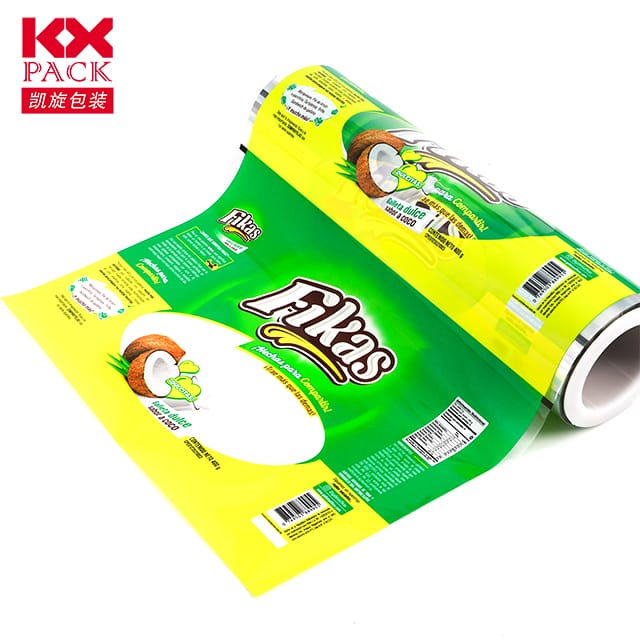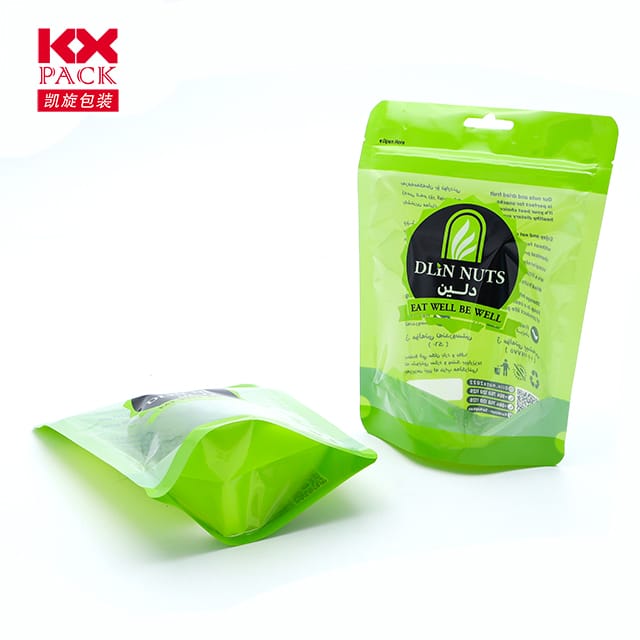The Art and Science of Printing Film: From Design to Durable Impressions(4)
印刷フィルム
In the world of visual communication, film stands as a versatile bridge between creativity and functionality. Whether you’re a graphic designer, a packaging manufacturer, or a textile printer, understanding the role and potential of priting film can elevate your projects from ordinary to extraordinary. Let’s dive into the world of printing film—its types, アプリケーション, 利点, and how it’s transforming industries.
What Is Printing Film?
Priting film, とよく言われます “transfer film” または “print media film,” is a thin, flexible substrate used to transfer images, designs, or text onto various surfaces. Unlike traditional paper, printing film is engineered to withstand heat, 化学薬品, or physical wear, making it ideal for applications requiring durability and precision.
Types of Printing Film
- Heat Transfer Film: Used in textile printing (例えば。, custom T-shirts, sportswear) and hard-surface applications (例えば。, mugs, phone cases). Heat presses melt the film’s adhesive layer, bonding the design to the substrate.
- Water-Slide Decal Film: Ideal for ceramics, ガラス, or metal. The design is printed onto the film, soaked in water, and then slid onto the surface for a seamless finish.
- Laser/Inkjet Printable Film: Compatible with standard printers, these films allow direct printing of designs for signage, stickers, or overlays.
- Reflective Film: Enhances visibility for safety signs, vehicle wraps, or outdoor advertising.
- Protective Overlay Film: Adds a scratch-resistant or UV-protective layer to printed materials.
さまざまな業界にわたるアプリケーション
- テキスタイル & 衣服: Heat transfer films enable vibrant, full-color designs on fabrics without cracking or fading.
- 包装: Labels and stickers made from printing film resist moisture, 化学薬品, and abrasion.
- 自動車 & エレクトロニクス: Reflective films or protective overlays ensure durability in high-wear environments.
- Promotional Products: Custom mugs, keychains, or phone cases use water-slide or heat transfer films for branded merchandise.
- Architectural Signage: Laser-printable films create long-lasting outdoor displays.
Advantages of Printing Film
- 耐久性: Resists fading, scratching, and environmental damage.
- 汎用性: Works on curved, uneven, or textured surfaces (例えば。, ガラス, 金属, textiles).
- Cost-Efficiency: Reduces waste compared to traditional priting methods, especially for small batches.
- カスタマイズ: Enables intricate designs, gradients, and photographic-quality prints.
- Quick Turnaround: Direct-to-film printing speeds up production for time-sensitive projects.
How to Choose the Right Printing Film
- Surface Compatibility: Ensure the film adheres to your material (例えば。, ファブリック, ceramic, プラスチック).
- Printing Method: Match the film type to your printer (laser, inkjet, solvent) or heat press.
- Environmental Conditions: Opt for UV-resistant or waterproof films for outdoor use.
- Finish: Glossy, マット, or textured finishes alter the aesthetic and functionality.
Emerging Trends in Printing Film
- Eco-Friendly Options: Biodegradable or recyclable films cater to sustainable brands.
- スマート映画: Temperature-sensitive or interactive films add functionality to packaging or displays.
- 3D Printing Films: Specialized films enable raised textures or embossed effects for tactile marketing.
DIY Tips for Using Prining Film
- Test First: Always trial a sample on your target surface to check adhesion and color accuracy.
- Layering: Combine multiple films (例えば。, reflective base + color overlay) for unique effects.
- Post-Processing: Seal heat-transferred designs with a clear protective film for extra longevity.
結論: Printing Film—Where Creativity Meets Function
From personalized apparel to high-visibility safety signs, printing film is redefining how we bring designs to life. Its adaptability, 耐久性, and eco-conscious innovations make it a must-have tool for modern creators. あなたが愛好家であろうと専門家であろうと, exploring priting film opens doors to endless possibilities.
Ready to experiment? Share your favorite printig film projects or ask questions in the comments—we’d love to hear how you’re using this dynamic material! 🎨🖨️
What’s your next printig film idea? Let’s spark some creativity!







